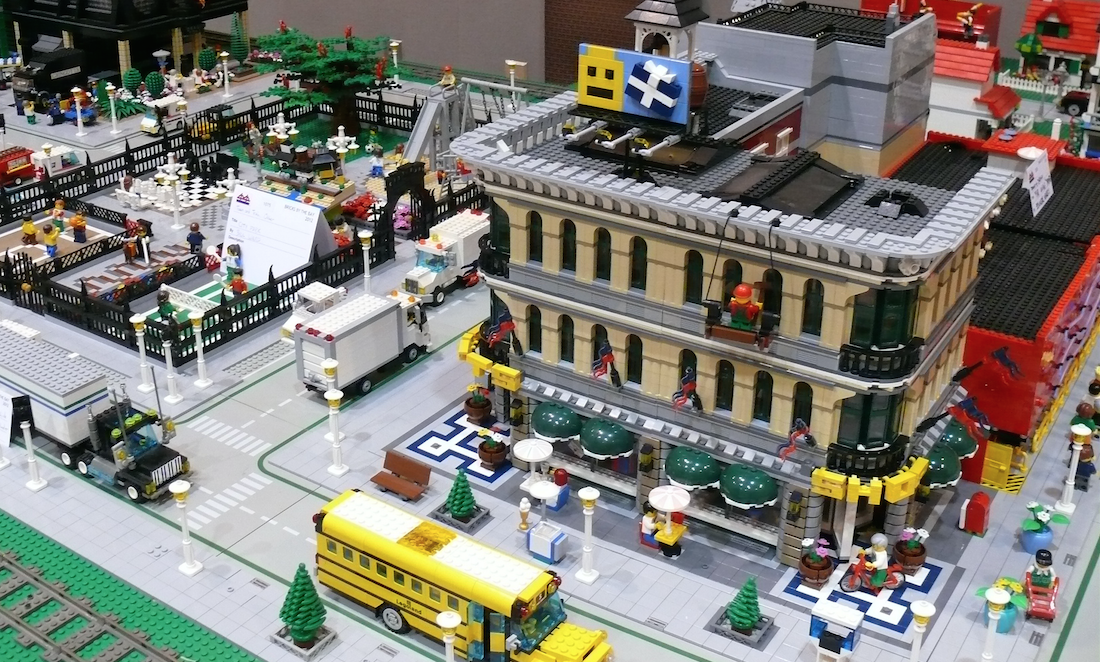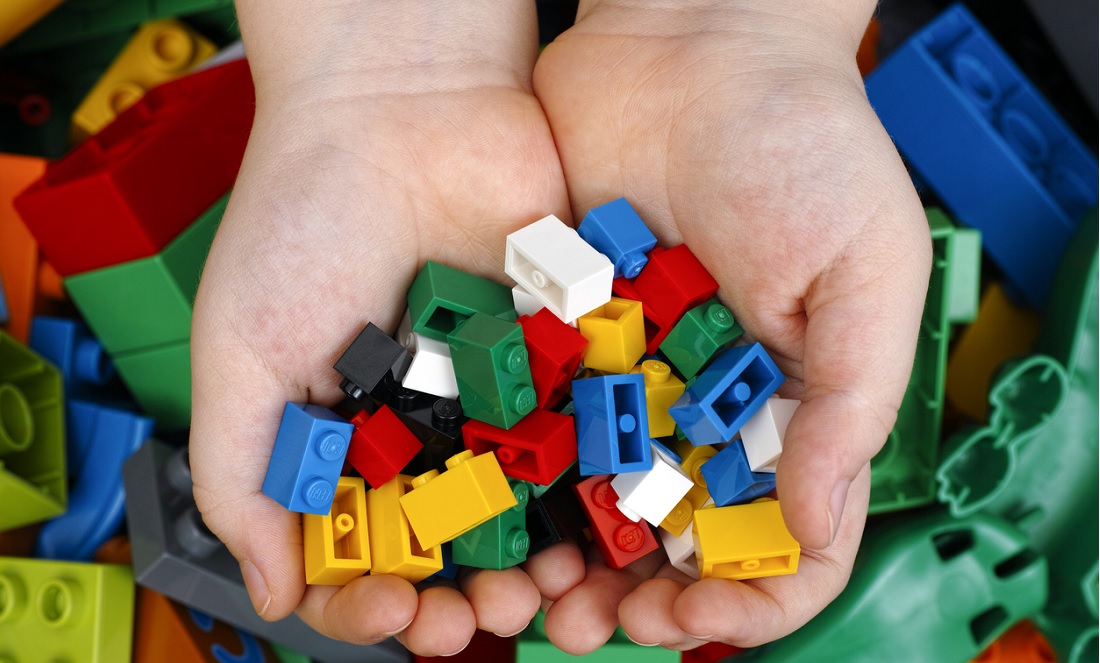A big plastic tub filled with pieces of all shapes, sizes and colours.
A world of opportunity to be spread all over the lounge room floor and clipped together bit by bit as I comb through a sea of ubiquitous yellow and red blocks, trying to find that elusive one I need to finish whatever masterpiece I’m creating that day. Then, when the building is done and the fun packed away, the inevitable howl as a sibling steps on a little block that escaped, waiting to be picked up and played with again the next day.
Those are my memories of LEGO as a child.
It has been years since I left home, but I’m sure that box still sits upstairs somewhere at Mum and Dad’s—a blank canvas for the next generation to play with, imagine and create.
The LEGO of today
The blocks are the same, but is a child’s experience today the same as mine growing up? And if not, is change for the better or worse?
When I Google “LEGO”, it takes me straight to their website—“the official home of the toy building brick”. The mission—to inspire and develop the builders of tomorrow—is as compelling as ever and aligns with the LEGO philosophy:
It is the LEGO® philosophy that ‘good quality play’ enriches a child’s life – and lays the foundation for later adult life. We believe that play is a key element in children’s growth and development and stimulates the imagination and the emergence of ideas and creative expression. All LEGO products are based on this underlying philosophy of learning and development through play.
When I scroll further down the page or walk down toy store aisles, I see branded themes—Marvel Super Heroes, Batman: The Movie and Star Wars sets—attracting the eye of kids and parents alike. These find their way into shopping carts to be unboxed and put together step by step—our children building their own Millennium Falcon and reliving the famous scenes we grew up with.
When I speak to those parents, they tell me how much joy each child gets from making their own set, just as it looked on the box. A quick search of #LEGO on Instagram and you’ll see thousands of those finished products. What could have been a moment in time, taken apart and rebuilt into something altogether new, instead goes back on the shelf in its pixel-perfect glory.

But you don’t always have to follow the instructions
Overanalysis is dangerous. The last thing I want to do is take the fun out of toys! But we must also be mindful that our children are growing up in a world where process-based tasks will increasingly be performed by robots—following their algorithmic instructions step by step until the job is complete.
Mark Hackling, Emeritus Professor at Edith Cowan University and an expert on science education, explains: “Routine, manual jobs are increasingly automated or computerised, whereas the ‘new work’ is non-routine cognitive.”
“If a child follows the instructions to build a LEGO set in solitude, there is no collaboration. Following the steps can help them build confidence at first, but if you encourage them to throw the instructions away, to play in pairs and think about what they would like to make together, then they begin to imagine, create and refine their design process.”
“This type of play provides opportunity to develop creativity, critical thinking, collaboration and communication—the 21st century skills needed for the jobs of the future.”
Would you rather your child put together IKEA furniture or be the one designing it in the first place, working out how to repurpose materials to create unique, functional masterpieces?
One only has to search “amazing” and “LEGO” to get a sense of what is possible when you combine those ubiquitous blocks with a vivid imagination—like the 20 creations you see in the video above or the Life Size Lego Car Powered by Air that my friend Steve Sammartino and Raul Oaida made, which began from a single tweet.
Jigsaws are great. They give us the chance to paint a picture with a thousand pieces, teaching patience and the power of deductive logic along the way, as we start from the corners to create the borders and then fill in the pieces from there.
When we buy that new LEGO kit off the shelf, we get the chance to create something perfect too.
Take a photo when it’s done, but don’t be afraid to break it all apart and encourage your child to start again—to imagine new possibilities, to discover and create stories of their own.
Just as rules are made to be broken, instructions aren’t always made to be followed.









